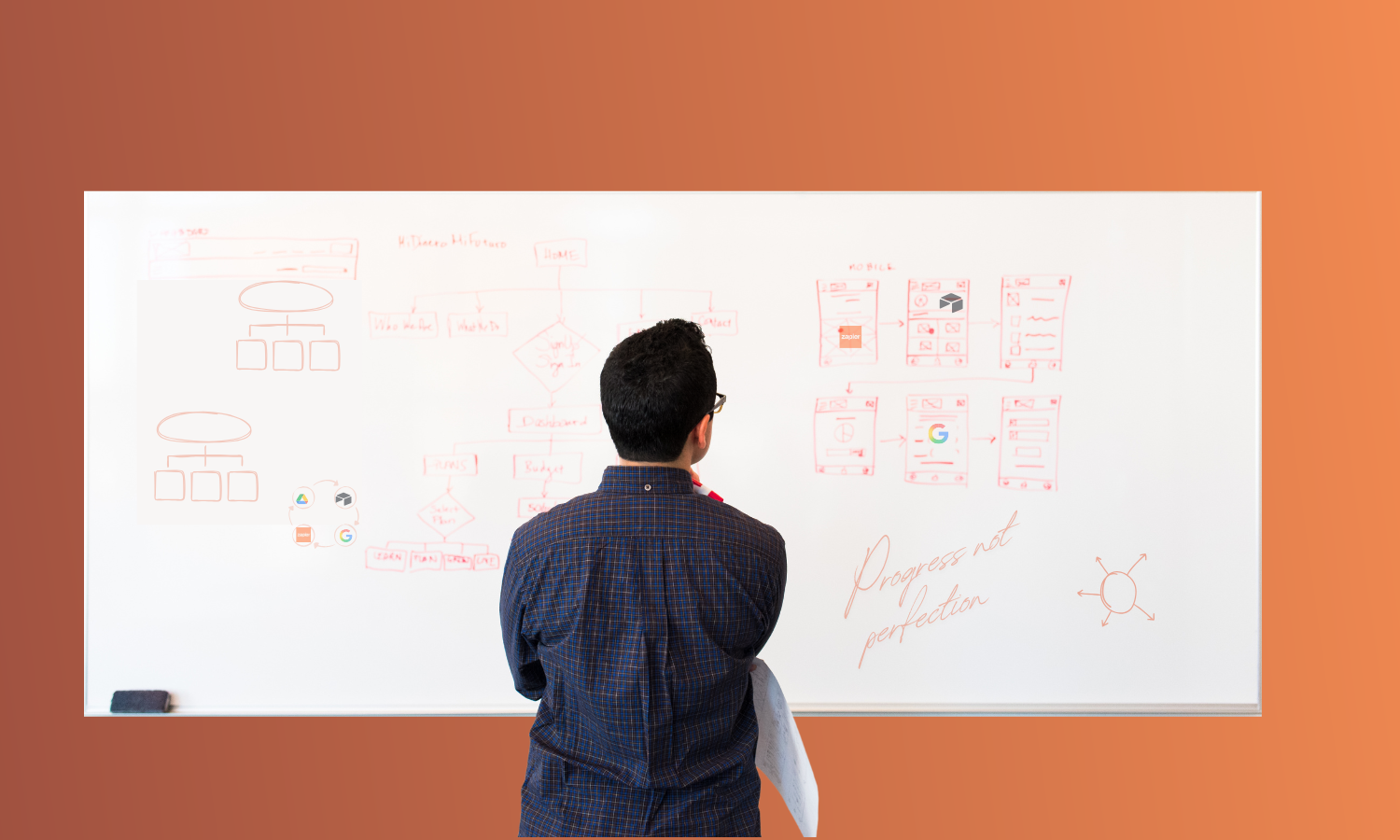
The perfectionist's trap that's costing you time and money
Here's what most business owners believe: you need to have every detail figured out before you start building systems. You should arrive at automation planning with complete workflows mapped, every edge case considered, and perfect clarity on outcomes.
This belief creates two expensive problems.
Paralysis by analysis. You postpone essential automation because you're waiting for perfect clarity. Your man**l processes continue draining time while you debate whether to handle edge cases that might never occur.
Rigid systems that don't fit reality. When you force early assumptions into concrete workflows, you end up with automation that serves your theoretical business instead of your actual one.
Why the best systems emerge through collaborative discovery
Business systems work best when they match how you actually operate, not how you think you should operate. The gap between those two things is where most automation projects fail.
Your real requirements become clear through conversation and testing. Your priorities shift when you see what's genuinely possible with current tools. Your workflows improve when you can experiment with ideas in real-time rather than theoretical planning sessions.
This isn't poor planning. This is how effective innovation happens in operations.
Real example: the workshop series that became a sequence
Consider a consultant planning to launch three separate workshop topics. During the systems design process, they realize participants naturally want to progress from foundational concepts to advanced applications.
What seemed like three unrelated offerings becomes a logical learning sequence. The registration system needs to handle this progression and potentially offer series discounts. But this insight only emerged during the building process, not upfront planning.
The alternative - building separate systems for each workshop - would have created more complexity and missed the real business opportunity.
The four principles of adaptive systems design
Start with core functionality first
Build the essential workflow before adding sophistication. A basic registration system that captures contact information and sends confirmation emails serves immediate needs. Advanced features like automated follow-up sequences can be added once you understand how people actually interact with the core system.
This approach gets you operational quickly while preserving flexibility for genuine improvements.
Test assumptions with real scenarios
Set up simple versions and run them through actual business situations. You'll discover requirements that planning alone can't reveal.
For instance, you might assume people will sign up for workshops weeks in advance. Testing reveals most registrations happen in the final 48 hours, which changes how you design reminder sequences and capacity management.
Document decisions and evolving reasoning
When requirements change during the building process, you need to understand why previous decisions made sense and how new information changes the context.
This documentation becomes valuable for future system modifications and helps team members understand the logic behind current workflows.
Design for flexibility without over-engineering
Use tools and structures that can accommodate reasonable growth without requiring complete rebuilds. But avoid creating complex systems for theoretical future needs that may never materialize.
The key is distinguishing between likely evolution and possible edge cases.
The human side of business systems change
Process design affects more than workflows. You're changing habits, comfort zones, and sometimes professional identity.
Man**l processes give you control and direct connection to your work. Automation can feel like losing touch with customers or delegating away core competencies.
These concerns deserve attention, not dismissal. The most successful systems implementations acknowledge emotional attachments to current processes while helping you move toward more sustainable operations.
What makes the difference
When you work with someone who understands both technical possibilities and human change management, you get systems that fit how you actually think and operate.
They create space for you to explore implications without judgment about your current state or technical knowledge level. They expect your needs to evolve and build that expectation into the process from the beginning.
Common signs your systems approach needs adjustment
You're waiting for complete clarity before starting. If you've been planning automation for months without taking action, you're probably over-thinking the requirements definition phase.
Your current workflows exist only in your head. When processes aren't documented anywhere, the act of systems building forces valuable clarification of how work actually gets done.
You're building for theoretical future scenarios. Systems should serve your current reality with room for likely growth, not prepare for every possible future direction.
You feel overwhelmed by technical decisions. The right systems partner translates between your business needs and technical implementation without requiring you to become a software expert.
How to approach your next systems project
The next time you catch yourself waiting for perfect clarity before improving operations, try this approach:
- Start with your biggest current pain point. What man**l process takes the most time or creates the most stress right now?
- Build the simplest version that provides value. Don't aim for comprehensive automation on the first iteration.
- Plan for discovery. Expect your requirements to clarify and evolve as you see the system working with real business situations.
- Choose partners who expect change. Work with people who design for adaptation rather than perfect upfront specifications.
Your business is more complex and more interesting than any planning document can capture. Build systems that match that reality.
The goal isn't to arrive with all the answers. The goal is to start with enough direction and the right partnership to discover better solutions together.
Take the next step
Ready to build systems that grow with your business instead of constraining it? The key is finding partners who understand that the best operational solutions emerge through collaborative discovery, not rigid upfront planning.
Your evolving requirements aren't a bug in the process - they're exactly how innovation happens in business operations.
Day By Day partners with scaling businesses to create operational clarity that adapts to your evolving needs. Our collaborative approach ensures systems that match how you actually work, not how you think you should work.

.png)

.png)



















